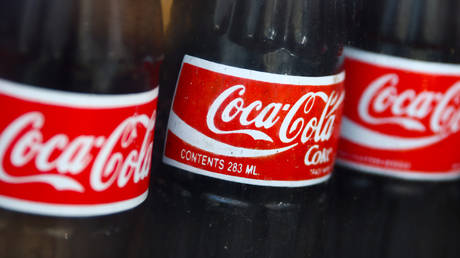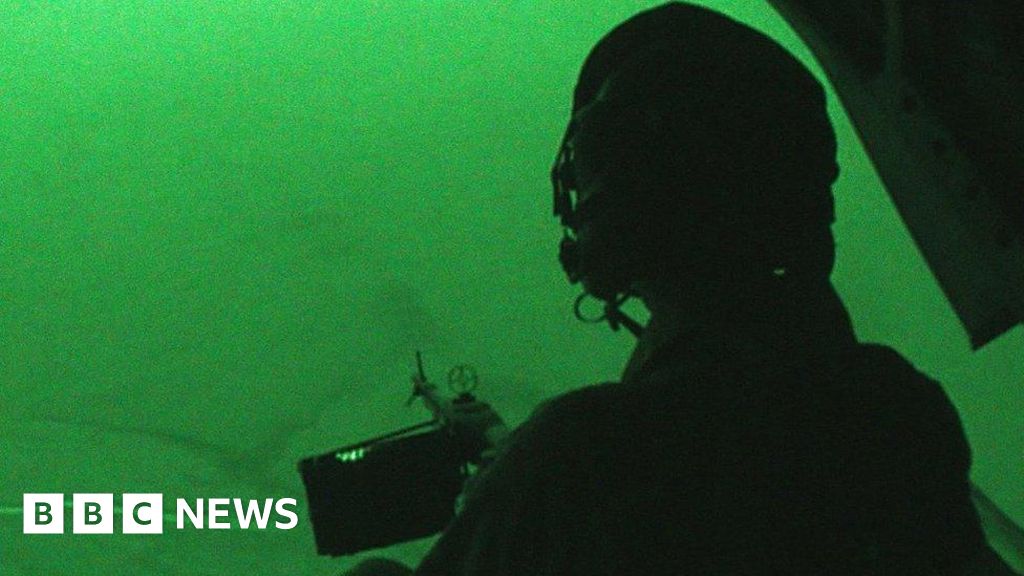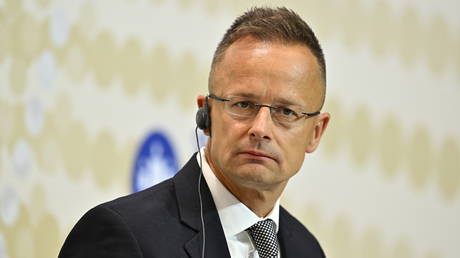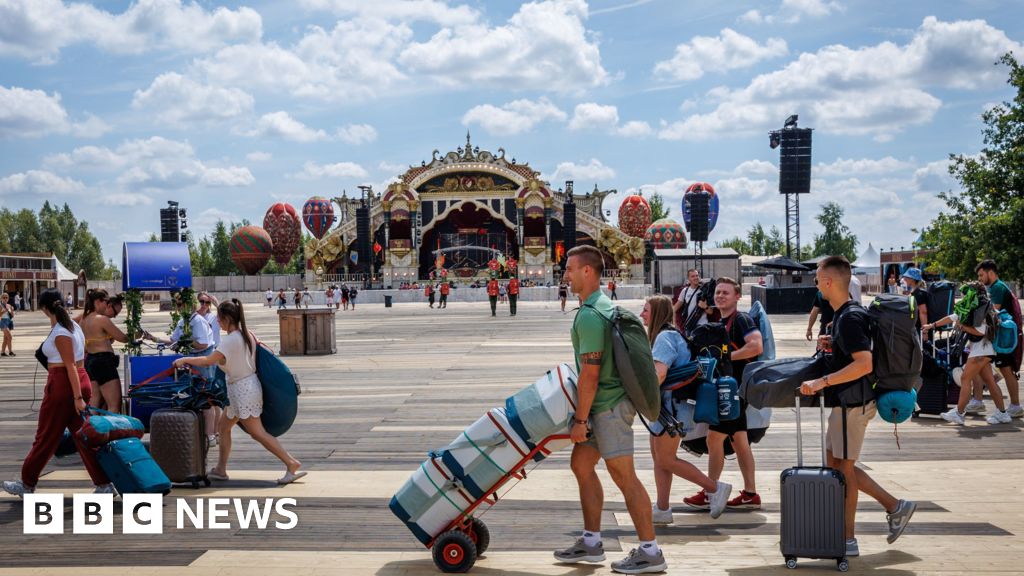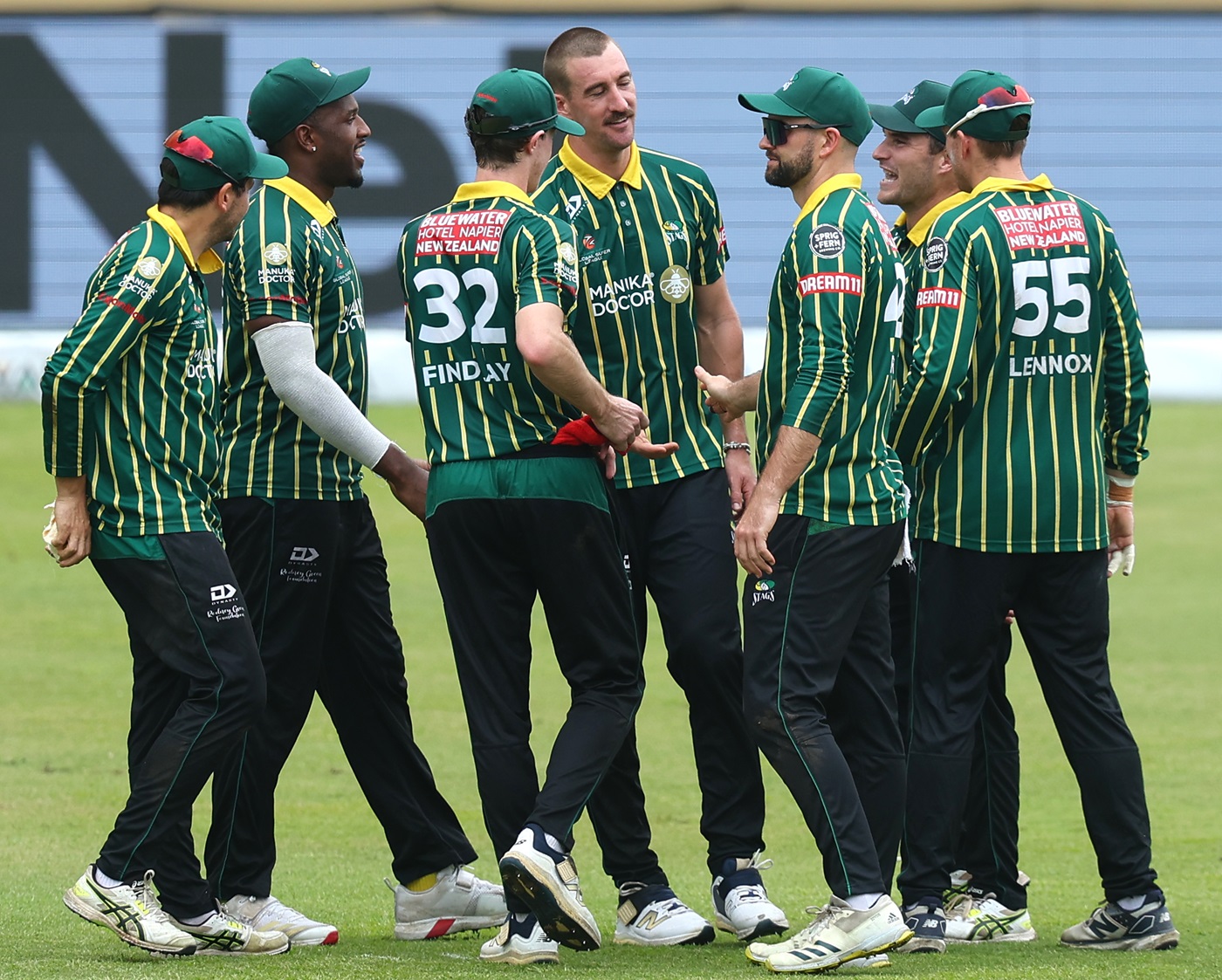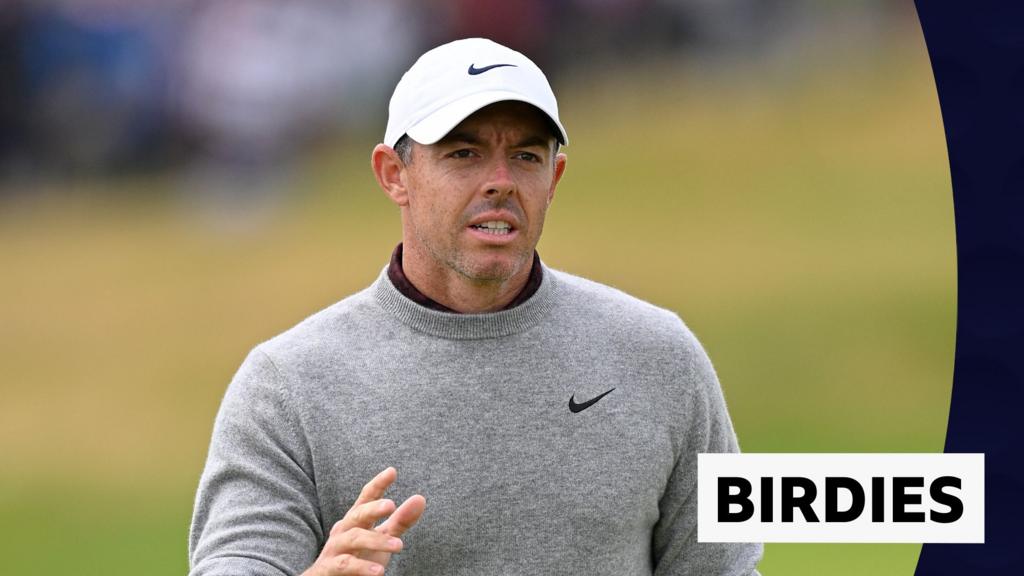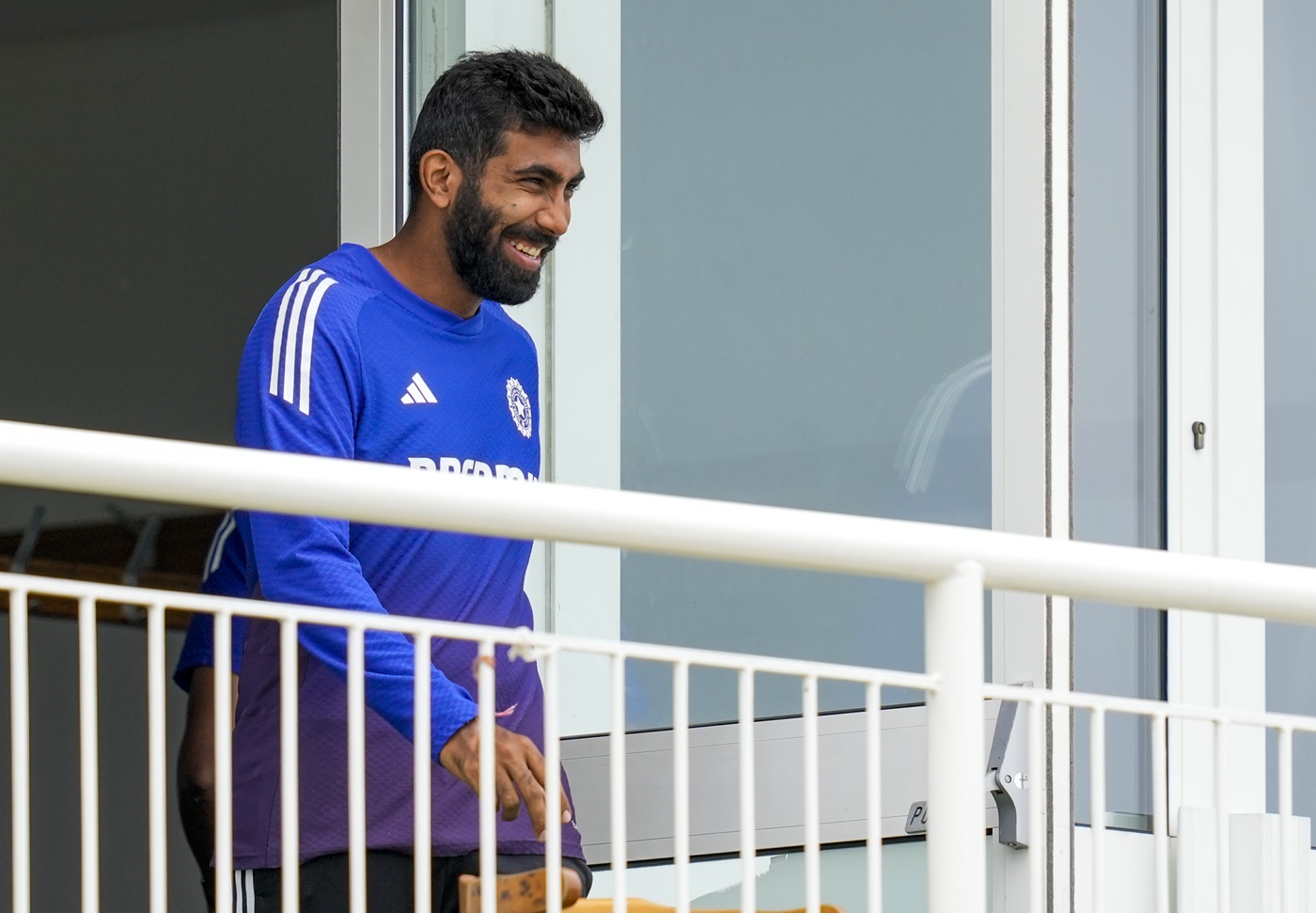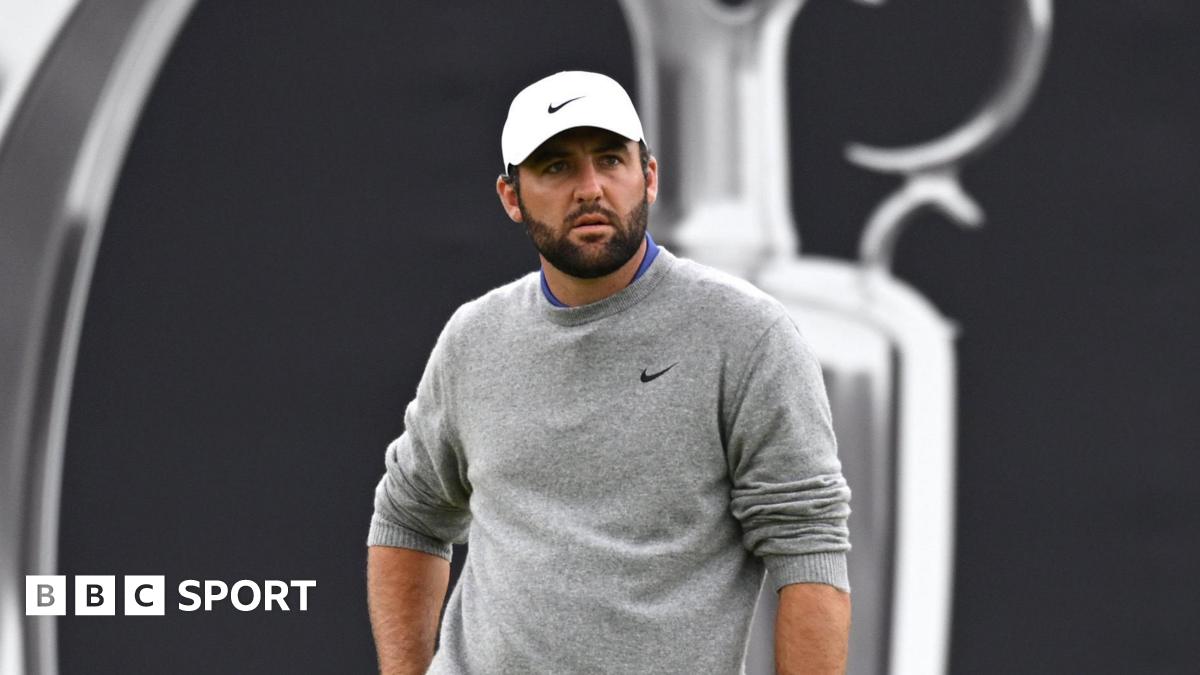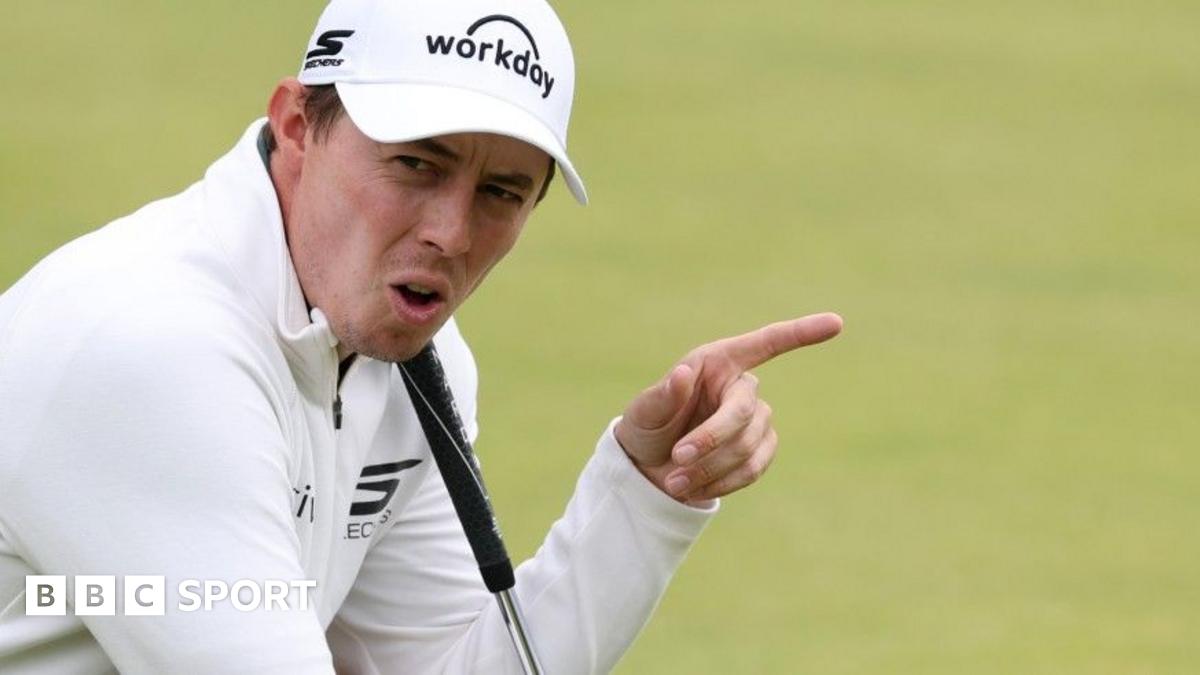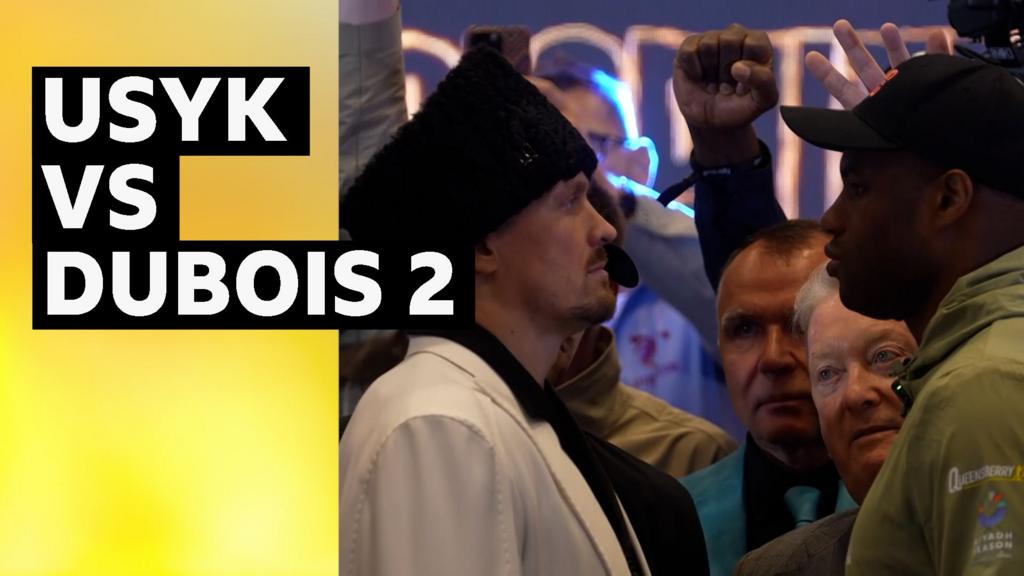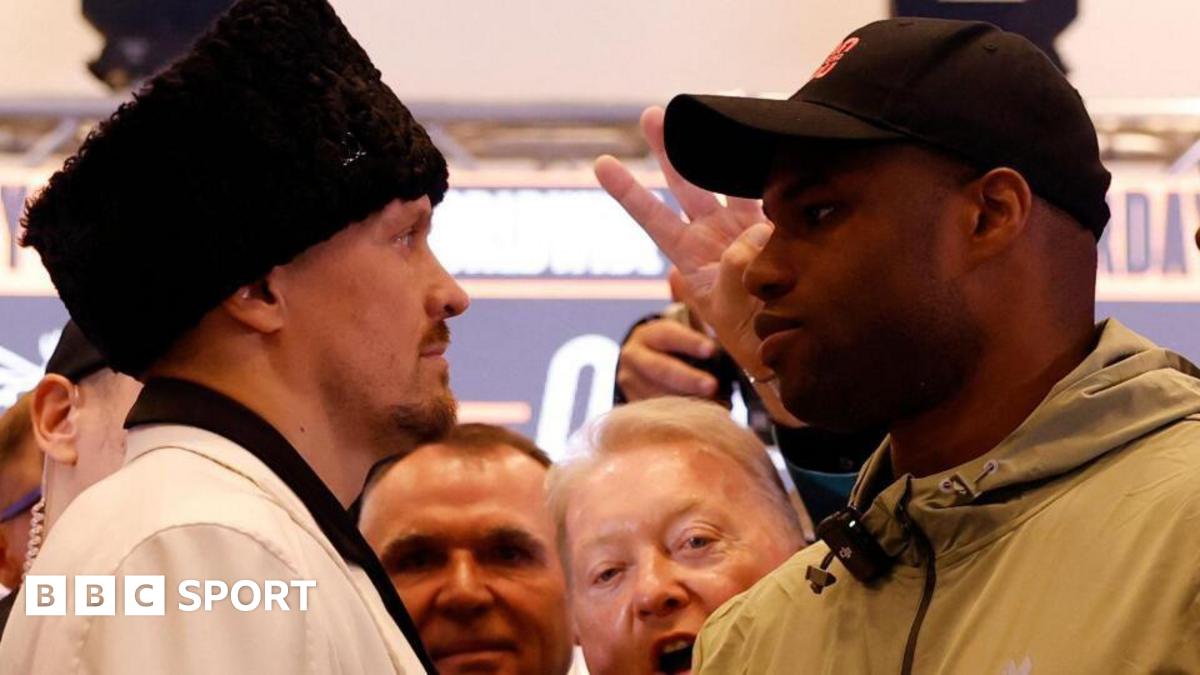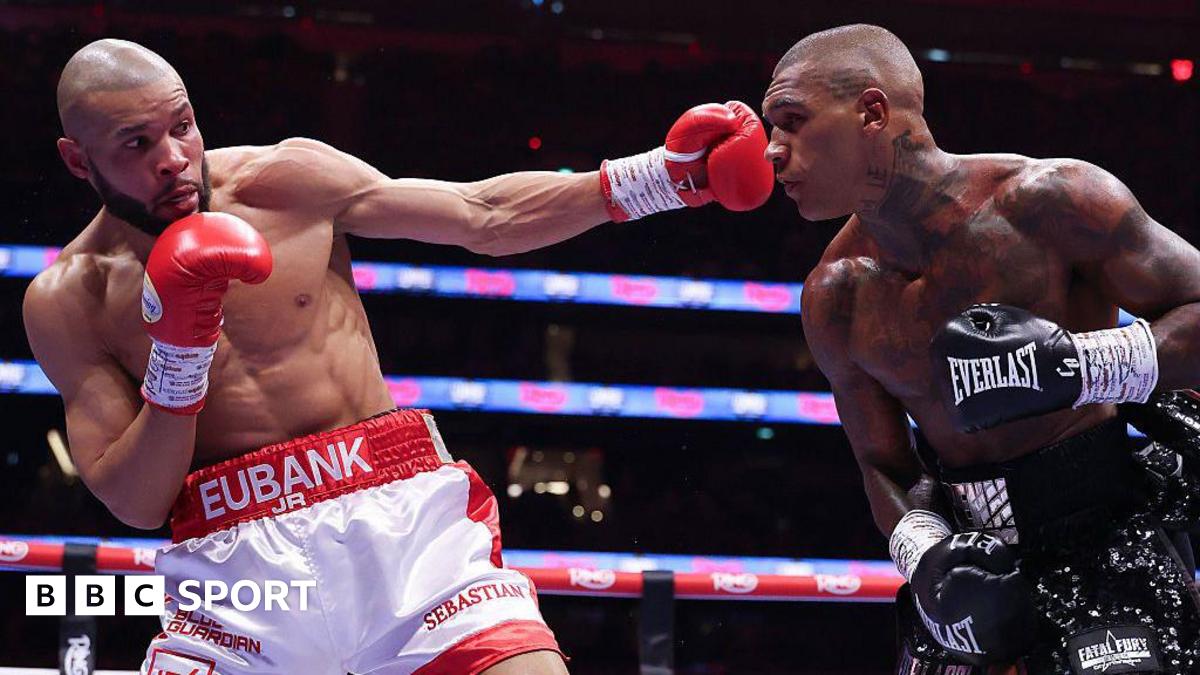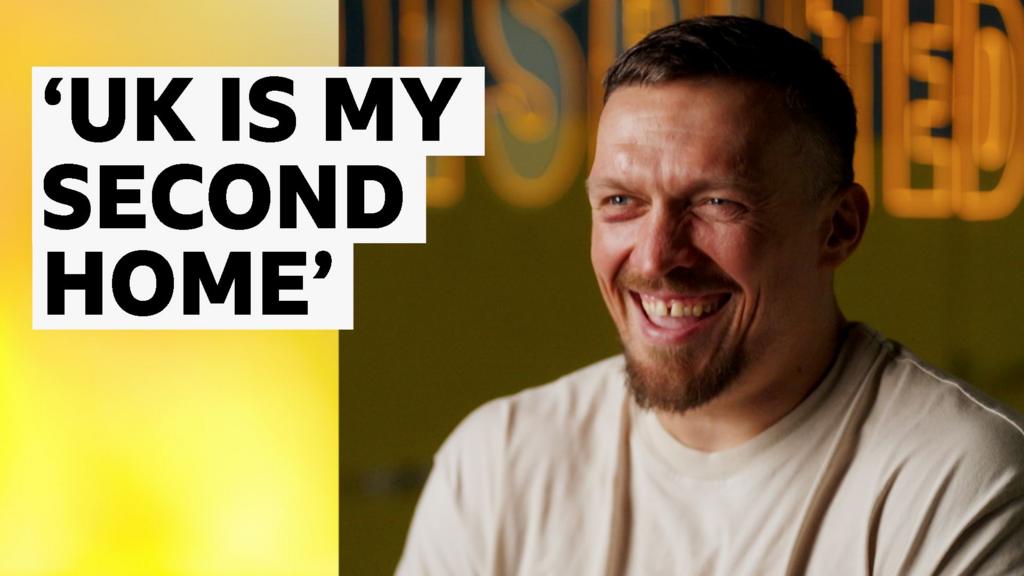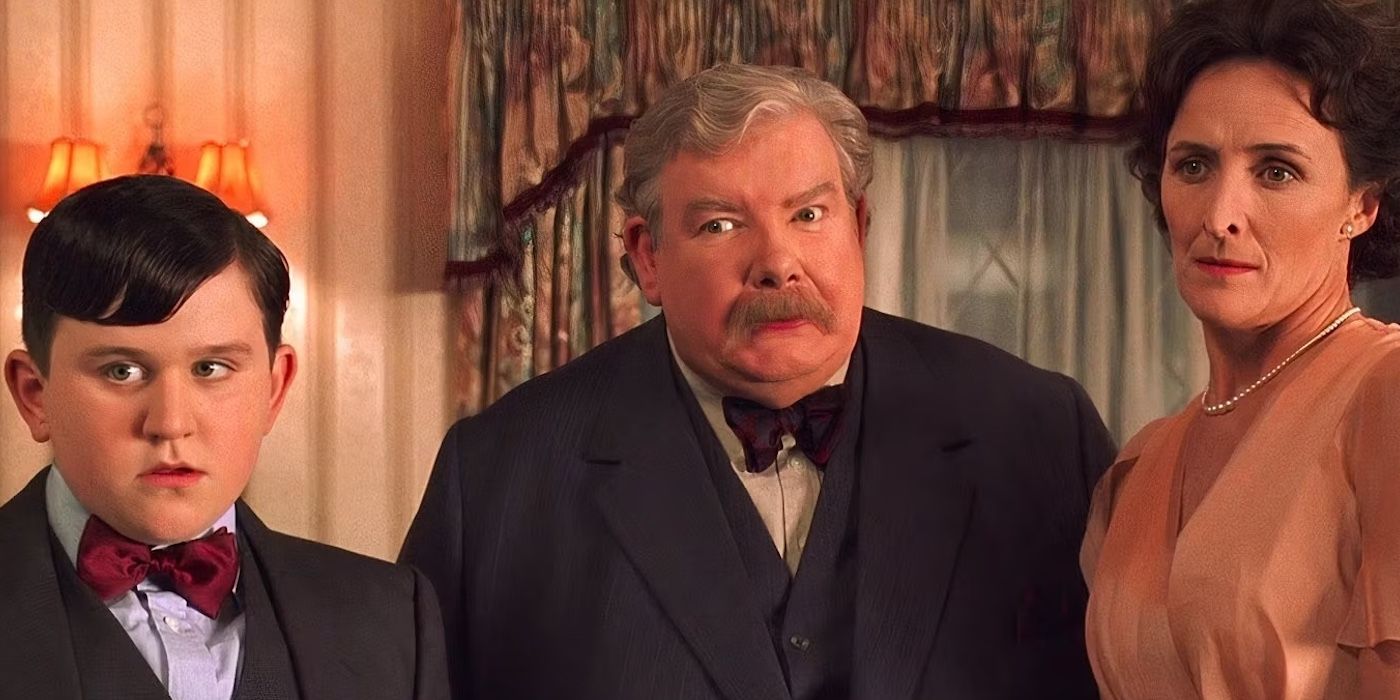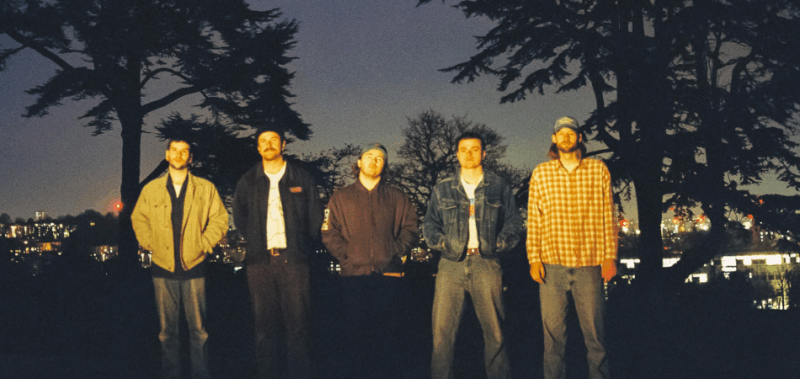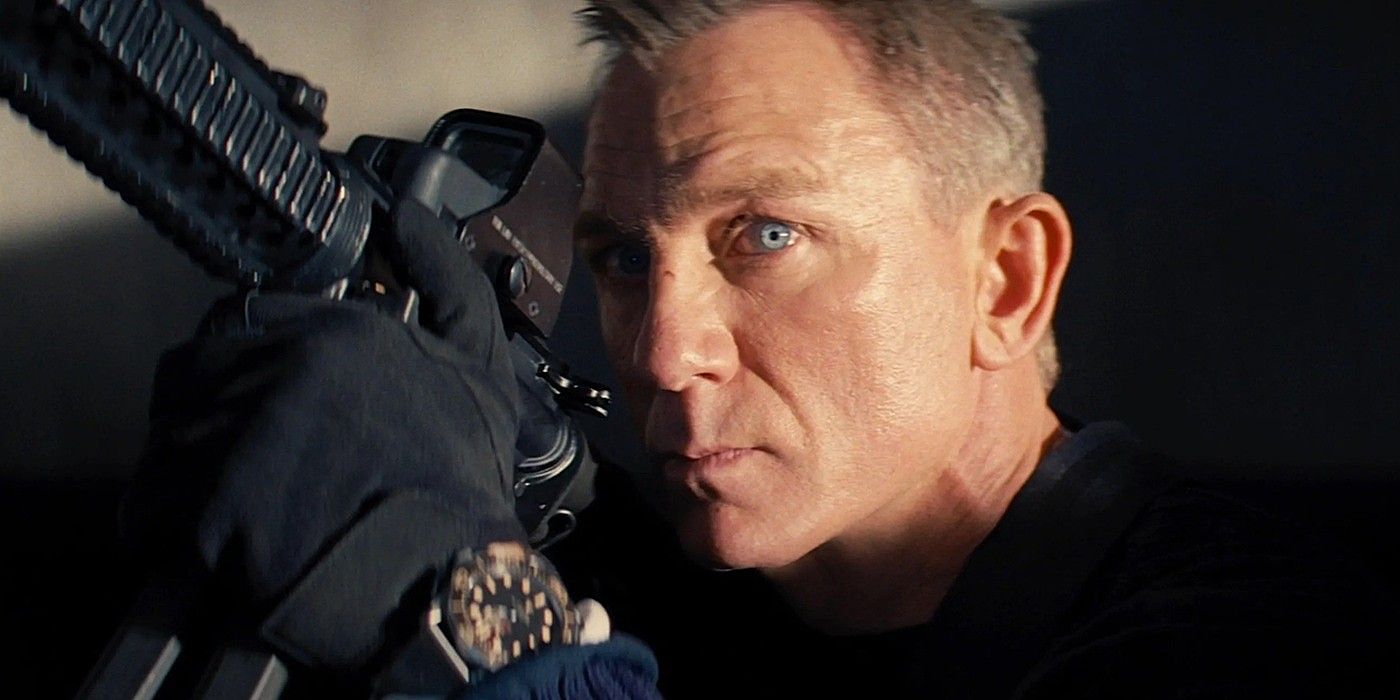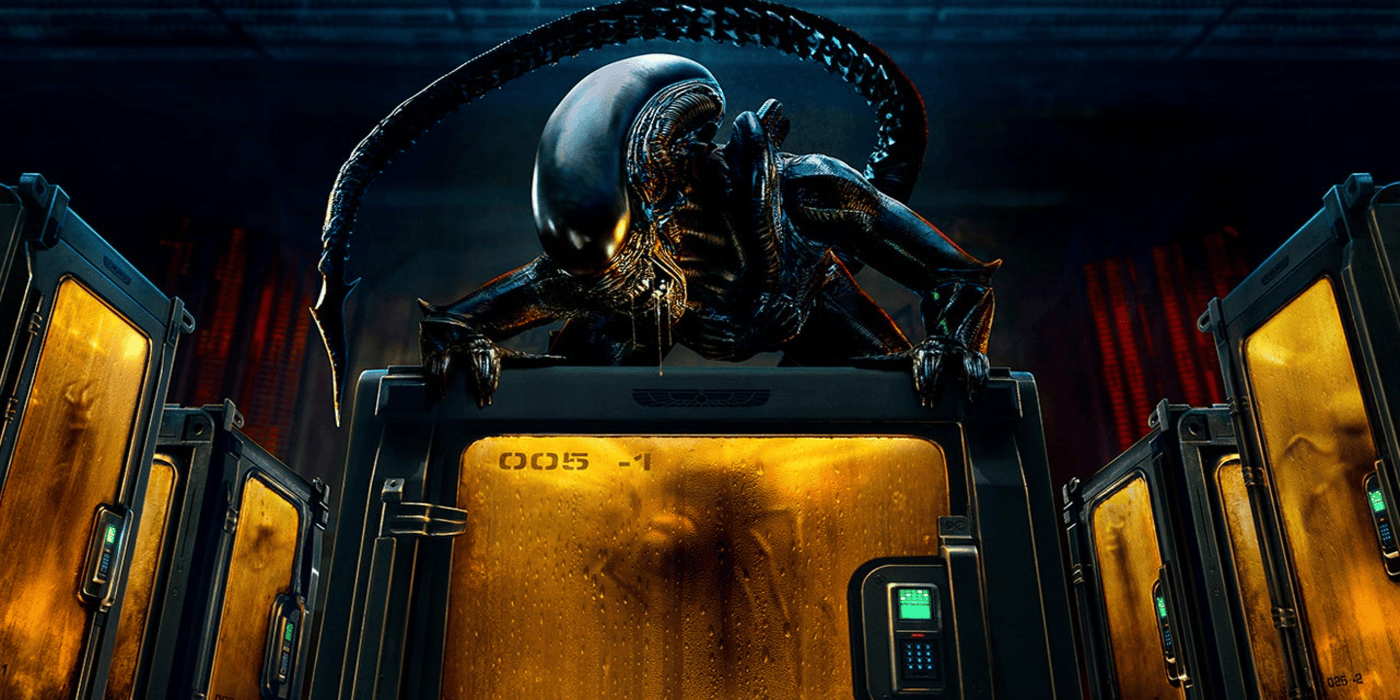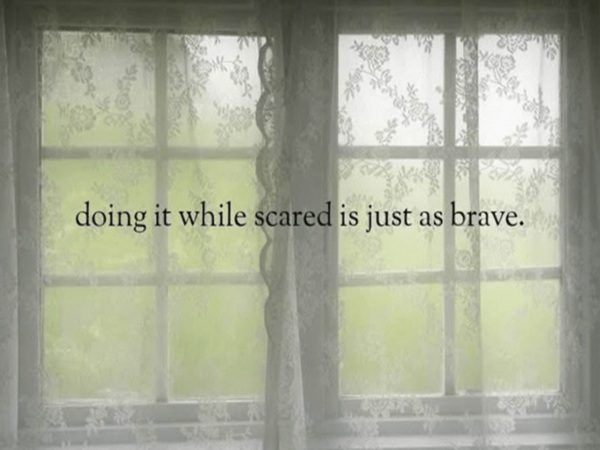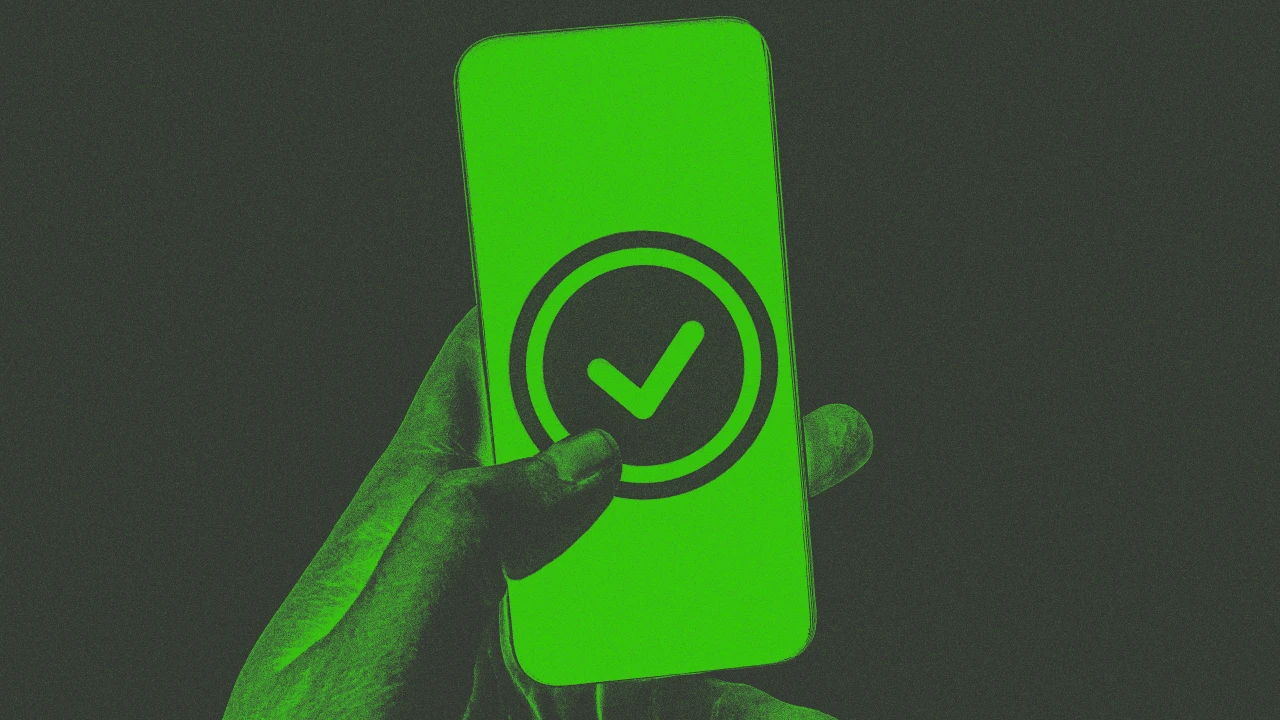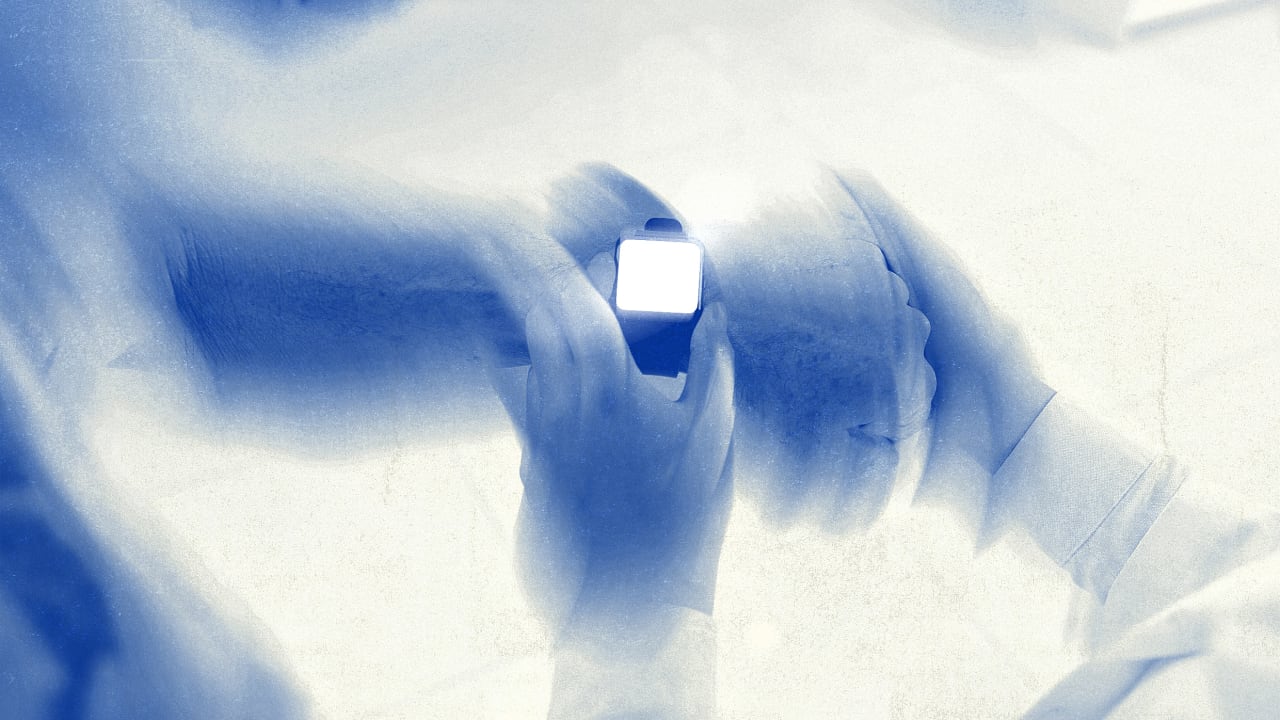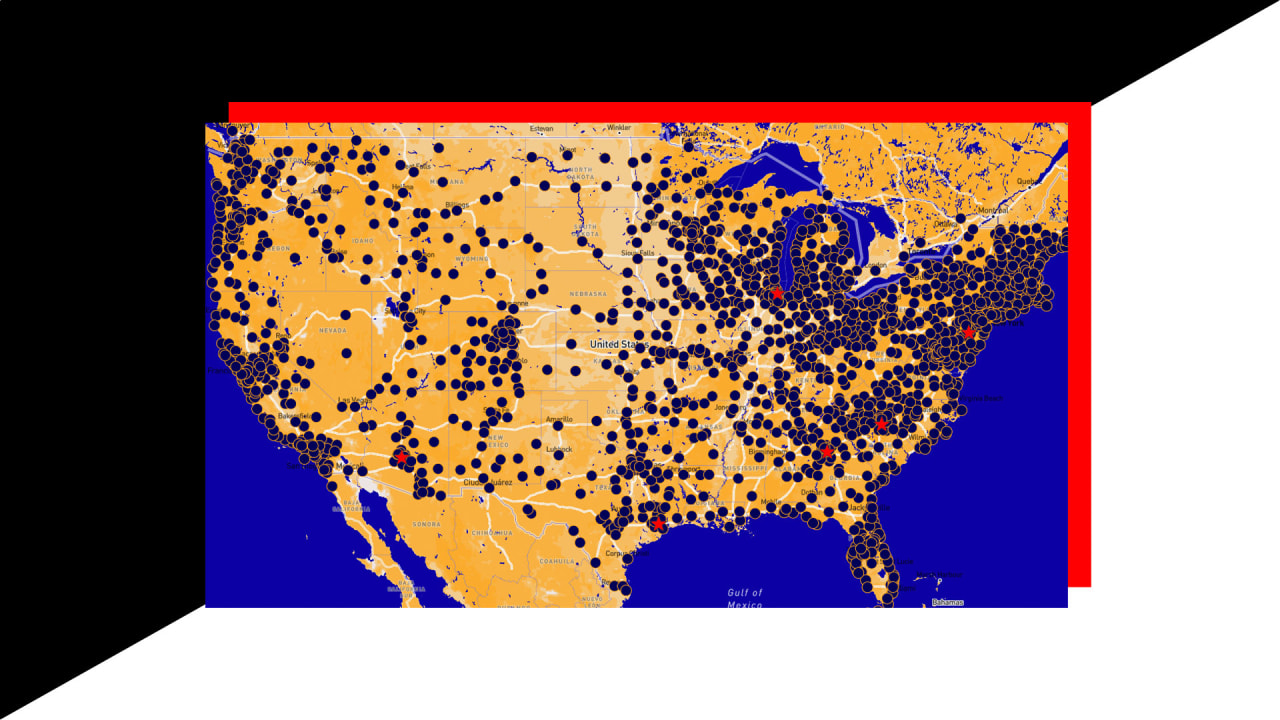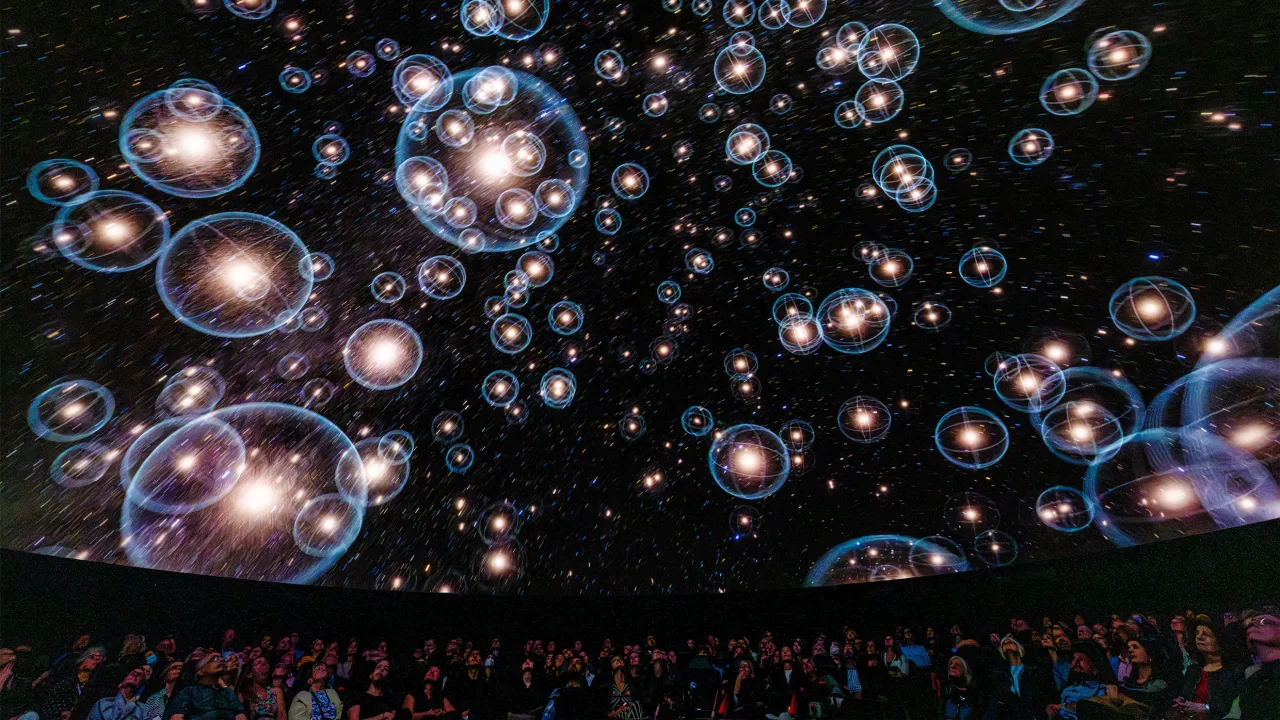Disneyland reshaped the Experience Economy. But 70 years ago, it had a literal meltdown on opening day
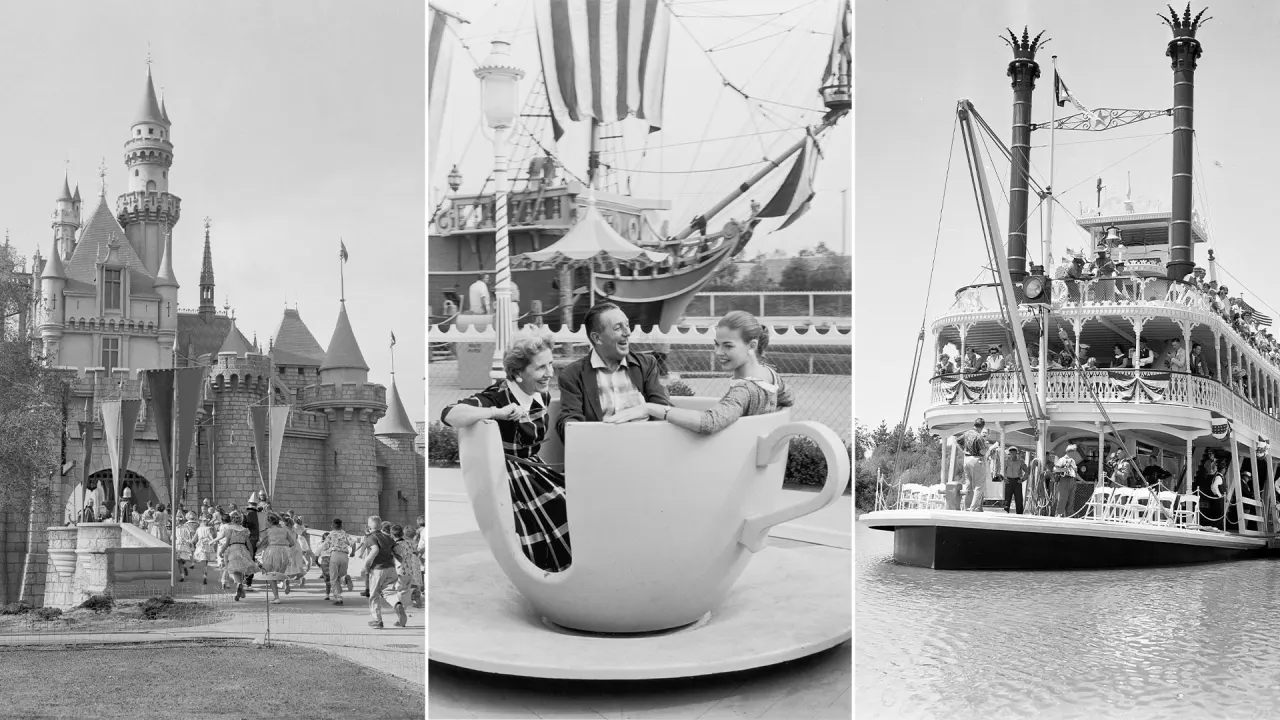
It’s almost impossible to imagine an entertainment landscape without Disney. Since the 1928 release of Steamboat Willie, starring Mickey Mouse and voiced by creator Walt Disney, the company has been at the forefront of family-friendly entertainment.
One of the many accomplishments by Walt Disney was the 1955 opening of his flagship amusement park, Disneyland, a place where families could spend magical time together.
Today (Thursday, July 17, 2025) marks the 70th anniversary of the beginnings of the happiest place on earth. Let’s take a look at the numbers then and now and examine business lessons hard-earned from the disastrous opening day.
When was Disneyland’s actual opening day?
Officially, Disneyland celebrates July 17 as its opening date. Technically this was an invitation-only gala with around 15,000 people expected (sources vary on the exact number) to attend. Many at home watched the festivities because it was broadcast by ABC, the network that helped finance the park.
The following day, July 18, the park was open to the general public for the first time.
People began lining up at 2 a.m. According to a New York Times headline, 15,000 people managed to queue up before the 10 a.m. opening. It only took 10 weeks for a million visitors to experience the park. Just five years after opening, the park boasted 5 million visitors a year.
How many lands were in Disneyland then and now?
Disneyland cost $17 million to create. “The eighth wonder of the world” opened with five themed lands and 35 attractions, as noted by CNBC, spanning 60 guest-accessible acres.
A single entrance that led to Main Street USA transported visitors, preparing them for whimsical moments ahead. Fantasy, Adventure, Tomorrow, and Frontier lands contained attractions such as Mr. Toad’s Wild Ride, Autopia, Mark Twain Riverboat, and the Jungle Cruise—all of which are still open today.
Today, Disneyland’s expanded 98 acres are the home of 82 things to do, according to its rides and entertainment map on the official website.
Four additional lands have multiplied the magic:
- New Orleans Square debuted in 1966
- Bear Country (now Bayou Country) in 1972
- Mickey’s Toontown in 1993
- Star Wars: Galaxy’s Edge in 2019
The whole resort spans 550 acres, including an additional park, Disney’s California Adventure, Downtown Disney, an outdoor shopping and dining center, and multiple hotels.
How much did it cost to get into Disneyland when it opened?
Admission to the park worked differently in 1955. Visitors had to purchase a general ticket, which was $1 for adults and 50 cents for children.
Attractions required additional tickets, which ranged in cost from 10 cents to 35 cents. According to a 1955 Associated Press article, if you wanted to do it all in 1955, it would cost $8.70 for an adult and $5.15 for a child.
Admission in 2025 depends on the date, how many parks you want to visit, and if you want any additional add ons to skip ahead in the line.
A one-day, one-park ticket ranges from $104 to $206 for adults, and $98 to $196 for kids. Children under the age of 3 are free.
Purchasing a Lightning Lane Multi Pass adds an additional $32.00 per ticket, per day and does not work on all attractions. And then there are the parking costs.
What went wrong on opening day?
July 17, 1955, was anything but perfect. The park simply wasn’t ready, but Walt Disney decided to open anyway. Workers scrambled until the last possible second to finish what they could. Thousands more people were admitted than planned for because of forged tickets.
The hot temperatures caused freshly paved asphalt to melt, as noted by Smithsonian magazine. There were not enough working drinking fountains because of a plumbers’ strike. Walt Disney was forced to choose between making them operational or the bathrooms. He went with the toilets.
Food ran out. Rides broke down. A small fire broke out near Sleeping Beauty’s castle. Too many people rode the Mark Twain River boat, causing it to get stuck in the mud and take on water.
Despite all that, Disneyland succeeded.
How did Disneyland reshape the amusement park industry?
Disneyland was able to overcome its disastrous opening day because of Walt Disney’s commitment to his overall vision and willingness to adapt. His secret weapon was his brother Roy O. Disney, whose business acumen led to strategic corporate sponsorships.
Before Disneyland, amusement parks were dingy and catered mainly to children. Walt dreamed of a park like no other, one that was clean and was designed for young and old alike. He wanted to bring out the inner child in every visitor.
Walt considered Disneyland to be a perpetually blank canvas.
“Disneyland will never be completed. It will continue to grow as long as there is imagination left in the world,” he mused on opening day. “It is something that will never be finished.”
Walt was the creative mind and Roy was the practical one. Roy was instrumental in getting ABC to help fund Walt’s dream. Even before opening, the magic of Disneyland came into everyone’s homes via television thanks to the broadcast network (which the Walt Disney Company now owns).
This genius marketing move created an enormous amount of hype. The live broadcast on opening day, while also far from perfect, generated even more buzz.
Beyond ABC, other corporate sponsors supported individual attractions, a tradition still going strong today. Richfield Oil bolstered Autopia until 1970. Honda holds that title these days.
Walt Disney’s ability to push through difficulties and stay true to his vision, combined with his brother Roy’s business skills, created an undeniable empire and changed the direction of the amusement park sector, known today as part of the broader Experience Economy.
In 2025, U.S. amusement parks were expected to generate $35.5 billion, according to analysis from IBISWorld. Globally, theme parks attracted 244.6 million visitors in 2023, according to a report from AECOM.
Competition between Disney and its rivals is constantly heating up. In the Orlando area, where Disney launched a sprawling theme park industry in the 1970s, it competes for visitors with Comcast’s Universal, which recently opened its latest salvo: Epic Universe.
Disneyland is proof you that don’t have to get it perfect on the first day—you just have to continuously improve.
As Disneyland turns 70, its theme park legacy is undeniable. With 12 parks around the world and plans for number 13 recently announced, Walt’s gamble certainly paid off.
What's Your Reaction?
 Like
0
Like
0
 Dislike
0
Dislike
0
 Love
0
Love
0
 Funny
0
Funny
0
 Angry
0
Angry
0
 Sad
0
Sad
0
 Wow
0
Wow
0




